Connect the dots games have been a beloved pastime for generations, captivating the minds of both children and adults. These seemingly simple puzzles have a rich history that stretches back centuries, evolving from educational tools into entertaining activities. Join us on a journey through time as we explore the fascinating history of connect-the-dots games.
Ancient origins
It is believed that the concept of connecting dots to form pictures could be traced back to ancient times. Nevertheless, the first documented puzzle which involved connecting dots is the “Nine Dots Puzzle“. To solve this puzzle game, one has to connect nine squarely arranged points with a pen by four (or fewer) straight lines without lifting the pen.
A precursor to the nine dots puzzle first appeared In 1867, credited to Sam Loyd, also known as the Prince of Puzzle Makers1. In 1907, Sam Loyd described for the first time the nine dots puzzle in an interview with The Strand Magazine2, which he called the Columbus Egg puzzle. In the same year, the puzzle also appeared in the Twentieth Century Standard Puzzle Book by A. Cyril Pearson with the name a charming puzzle3.

From logical puzzles to kids’ pastimes
In the late 1800s, the Sunday edition of newspapers began to carry art supplements, which included parlor prints and toys for kids to cut out and assemble. Art supplements proved an innovative way to build an audience—each week parents read about the next must-have paper toys in the following week’s newspaper.
In 1909, the American newspaper The Birmingham age-herald printed a connect the dots game for kids4. In this game, the player had to create a picture of a fat boy by connecting the dots. The dots didn’t have a number assigned to them and it was up to the player to find the correct order.

In 1915, a connect the dots game with numbers5 was published in the Newark Evening Star, an American newspaper. From this point on, one can find in different newspapers connect the dots games figuring at the Sundays’ editions

Follow the Dots Books
Using dots to teach kids to write was already present in books in the late 19th century6. Also at the beginning of the 20th century, one can observe a crescendo of pastime magazines and books made exclusively for kids. But it was only in 1926 that a book containing only dot-to-dot games was published.
In 1926, the UK-based “Ward, Lock and Co.” publishing company issued a collection of books titled “Follow the Dots”.7 This is the first known publishing of a book dedicated exclusively to connect the dots games. This series was later published in the United States by Cupples & Leon Co. The collection was made of 8 books:
- Rainy Day Book
- Rhymes and Riddles
- Playtime Book
- Nature Book
- Easy Drawing Book
- Humpty Dumpty Book
- Noah’s Ark A.B.C.
- The Three Bear’s Book
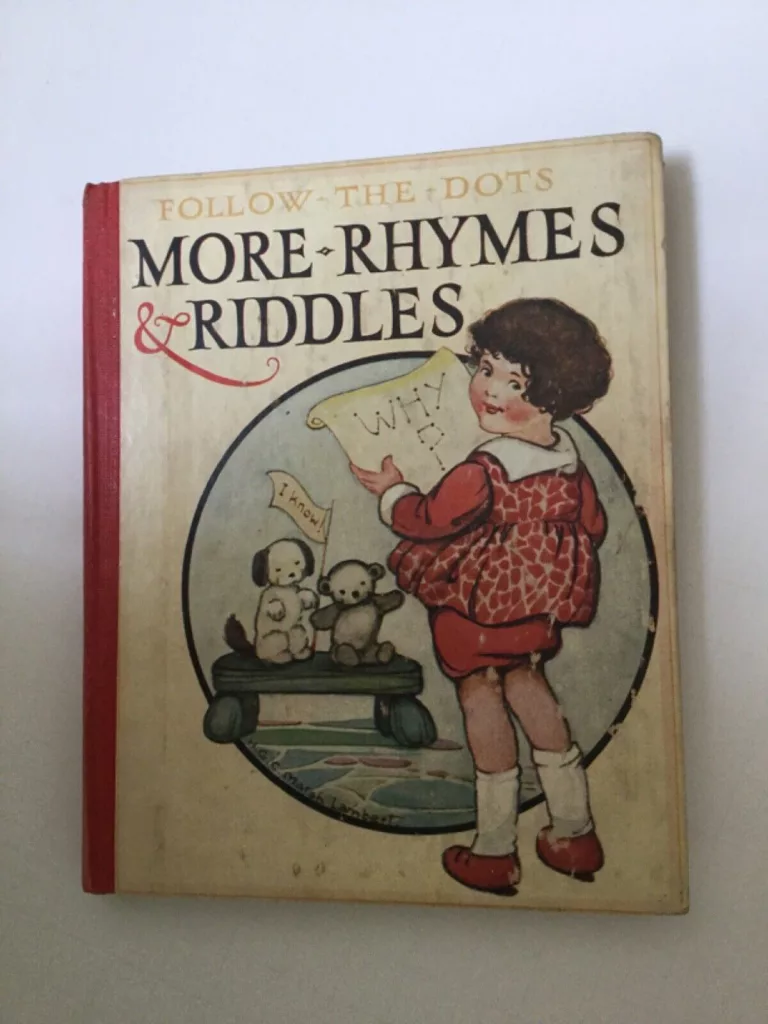
From this point on, the number of connect the dots books only increased. In 2023 alone over 5000 dot-to-dot books are being sold on Amazon alone.
The Digital Age
With the advent of personal computers and the internet, connect the dots games made a seamless transition into the digital realm. Software and online platforms began offering interactive dot-to-dot puzzles, allowing players to connect dots with a click of the mouse or a tap of the finger. This digital format expanded the possibilities for creating intricate and visually appealing puzzles.
Some platforms allow you to create and print your own connect the dots out of any digital picture.
Connect the dots games also found their way into educational software, helping children learn numbers, letters, and basic shapes in a fun and engaging manner. Mobile apps further popularized these games, making them accessible to a wide audience on smartphones and tablets.
Conclusion
The history of connect the dots games is a testament to their enduring appeal. What began as a simple educational tool has evolved into a beloved pastime enjoyed by people of all ages. From their humble origins in ancient China to their place in the digital age, these puzzles continue to captivate and inspire creativity. Whether on paper or a screen, connect the dots games remain a delightful way to connect with the past while embracing the future of entertainment and education.
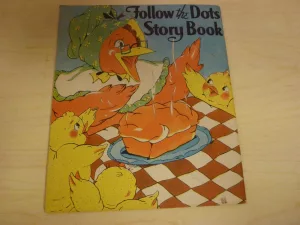
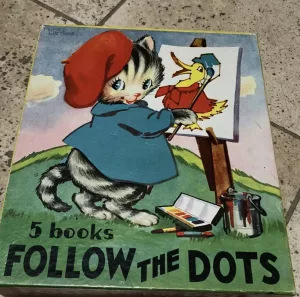
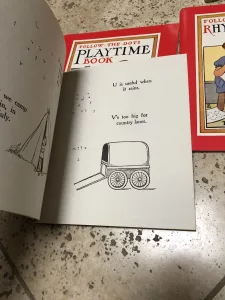
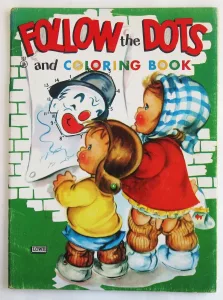
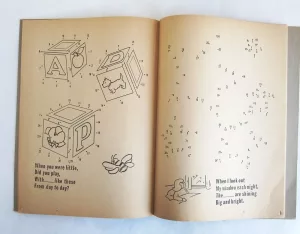
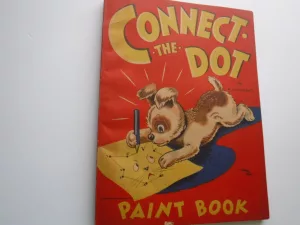
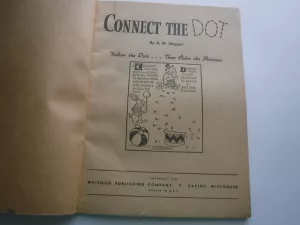
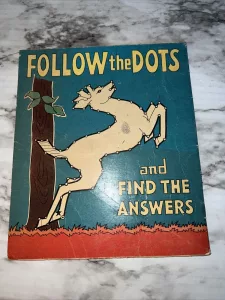
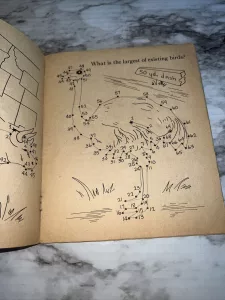
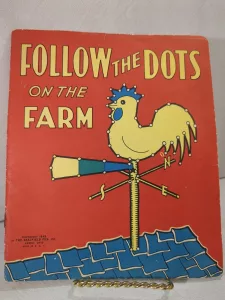
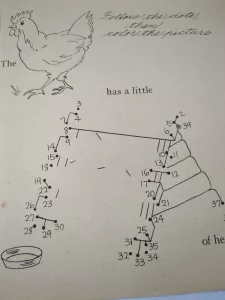
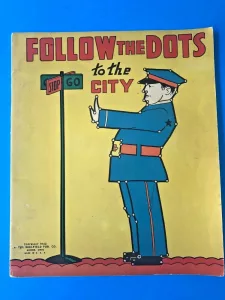
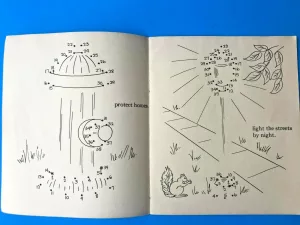
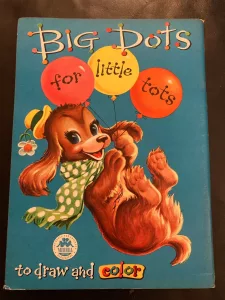
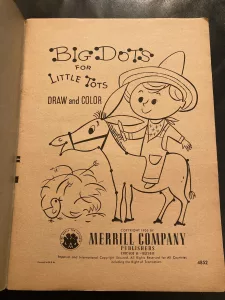
Notes
- https://www.digitale-sammlungen.de/en/view/bsb10431927?page=168,169 ↩︎
- https://archive.org/details/TheStrandMagazineVolume34/page/774/mode/2up ↩︎
- https://www.gutenberg.org/files/63884/63884-h/63884-h.htm#PageI36 ↩︎
- https://chroniclingamerica.loc.gov/lccn/sn85038485/1909-03-21/ed-1/seq-37/#date1=1900&index=1&date2=1910&searchType=advanced&language=&sequence=0&words=connect+dots&proxdistance=5&state=&rows=20&ortext=&proxtext=&phrasetext=connect+the+dots&andtext=&dateFilterType=yearRange&page=1 ↩︎
- https://chroniclingamerica.loc.gov/lccn/sn91064011/1915-12-03/ed-1/seq-21/#date1=1909&sort=date&date2=1920&searchType=advanced&language=&sequence=0&index=18&words=connect+dots&proxdistance=5&state=&rows=50&ortext=&proxtext=&phrasetext=connect+the+dots&andtext=&dateFilterType=yearRange&page=1 ↩︎
- https://www.google.de/books/edition/The_Bookseller/WKi6u_7Y-0MC?hl=en&gbpv=1&dq=%22follow+the+dots%22&pg=PA170&printsec=frontcover ↩︎
- https://www.google.de/books/edition/Education_Outlook/_iHoAAAAMAAJ?hl=en&gbpv=1&dq=%22follow+the+dots%22&pg=PA447&printsec=frontcover, https://www.google.de/books/edition/The_Child/XbiWJVWdfhoC?hl=en&gbpv=0&bsq=%22follow%20the%20dots%22, https://www.google.de/books/edition/The_Scottish_Educational_Journal/U6u0x-Dq4CoC?hl=en&gbpv=0&bsq=%22follow%20the%20dots%22 ↩︎